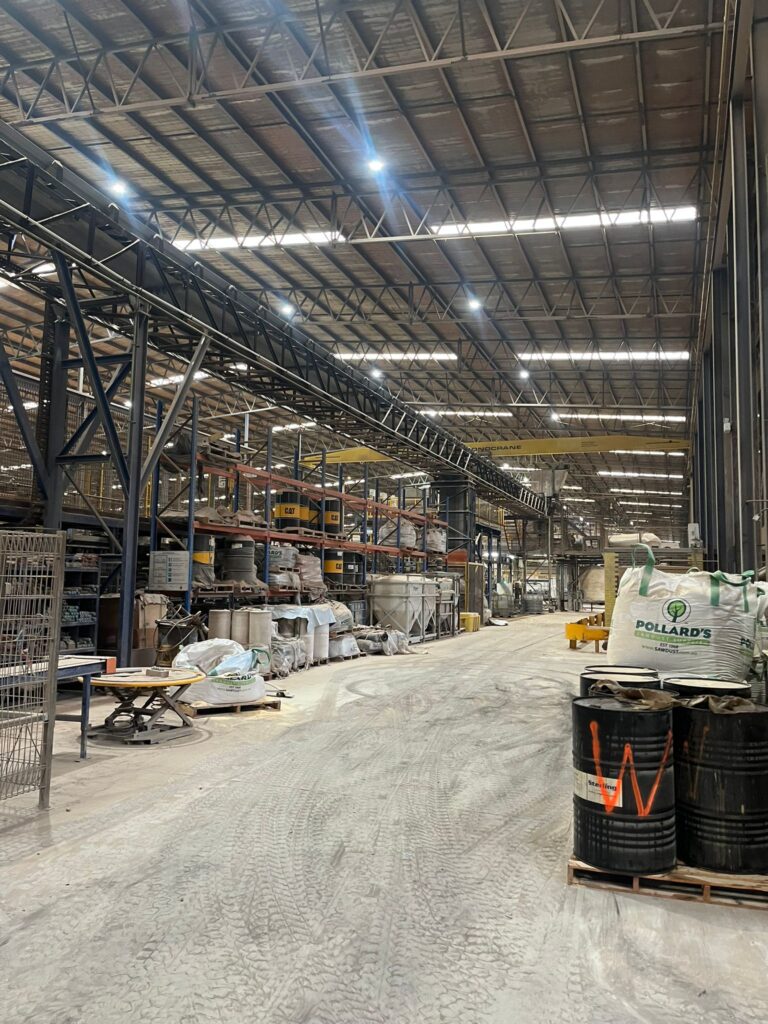The sharpened focus on sustainability in the pharmaceutical industry is a sign of the times. As we emerge from the pandemic, the industry’s importance to the collective health and global economy is more prominent than ever, and the attention on sustainability should be intertwined with profit and cost targets. The pharmaceutical industry has trailed other sectors when it comes to sustainability, with immense potential to improve in the future.
The industry suffers from high energy and water consumption, as well as a sprawling research and development (R&D) and global factory footprint which unfortunately means that it is heavily polluting – carbon emissions are currently 55% higher than the automotive industry (even though it is 28% smaller in size). The shift to greener, renewable energy resources needs to take place and some major pharmaceutical companies (J&J, MSD, Sanofi, Pfizer, GSK to name a few) have agreed to renewable energy targets in the next decade. Strict quality control and heavy regulation in the supply chain is necessary but the industry lacks clear ESG (environment social governance) regulation. In today’s world, the Food and Drug Administration (FDA) and European Medicines Agency have not yet included environmental standards in the good manufacturing practice (GMP) guidelines so the path towards a more sustainable future requires clear regulatory frameworks and publishing progress against these targets. A lack of external pressure means that there is no current legislation in place for pharmaceutical companies to even report environmental incidents and the industry does not come under as much scrutiny as other industries (e.g., oil and gas) despite its high carbon emissions.
It is important that the entire value chain (including raw materials for active pharmaceutical ingredients (API) where petroleum fossil fuel is used) is targeted to make substantial improvements. Upstream from raw materials, manufacturing finished products is also very carbon intensive. To tackle this, some pharmaceutical companies are now adopting continuous manufacturing, rather than batch manufacturing to reduce their carbon footprint. In recent times, GSK lowered greenhouse gas emissions from its finished good asthma inhaler propellants which contributed significantly to total company emissions. As the industry has a complex and expansive global factory footprint, pharmaceutical plants run on substantial power, and green power initiatives as well as developing proprietary power generation (e.g., increasing use of solar energy) is becoming a critical consideration.
Whilst manufacturing leaves a large carbon footprint, distributing and transporting medicines from the factory to the patient also carries a substantial environmental impact. Cold-chain shipping must be used to transport temperature-sensitive products (e.g., vaccines) and these products are loaded onto refrigerated vehicles which require considerable energy to power. More companies are starting to invest in greener fuels for vehicles (e.g., biofuels rather than diesel) and are further considering their reshoring options to build local API/manufacturing capabilities. Reducing reliance on APIs sourced out of China and India will decrease the amount of supply chain touchpoints needed for a single product and will result in improved energy efficiency across the total product supply chain.
Improvements in packaging often come to mind for sustainability conscious consumers, but within the industry, single-use plastics are often used to maintain medicinal sterility and protection. This is not environmentally friendly, and companies are looking to adopt alternatives to single-use plastics, blister packs and dry ice to name a few. Plastics are gradually being replaced by biodegradable sources and GSK recently partnered with Pulpex paper bottle consortium (sustainably sourced pulp) to adopt recyclable paper bottles. Sustainable packaging is particularly challenging as it must conform to strict regulation (to maintain the efficacy and quality of medications), creating difficulties when it comes to sustainable innovation – however, the right balance between recyclable and disposable materials should be achieved.
On a practical basis, there are improvement opportunities within S&OP planning operations, logistics, manufacturing, network design and packaging to improve sustainability. Companies will need to invest in the relevant technology and green power initiatives to make long-term progress. The focus on sustainability will need streamlining but some positive strides have been made amongst the top pharmaceutical players. Ultimately, the industry will need to face more intense scrutiny on ESG targets from government bodies and be held accountable to collectively work towards a more sustainable future.
Authors: Sophie Reid and Esther Tichauer







